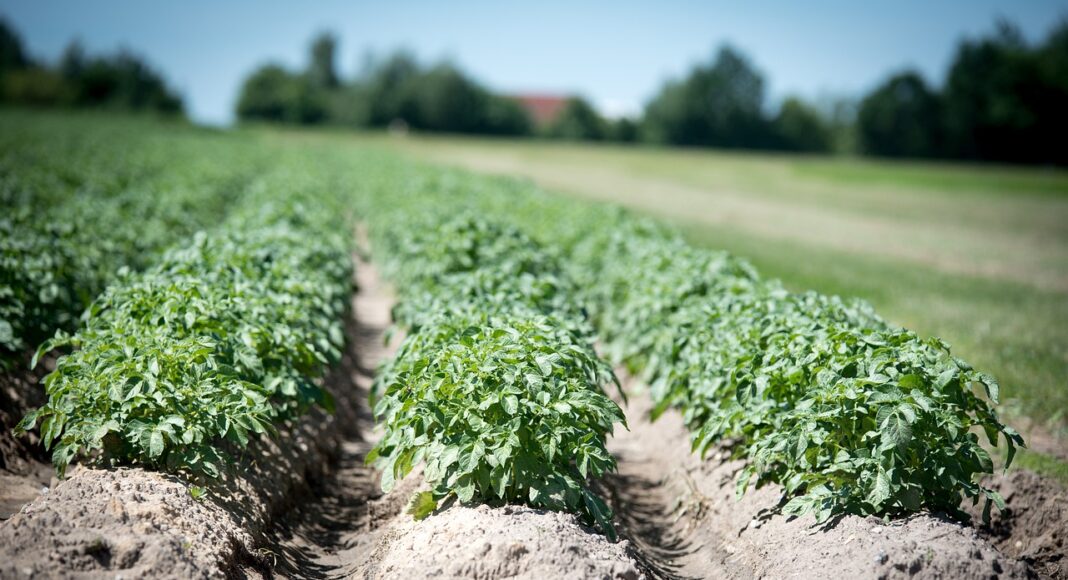Farmers usually feel pretty hopeful about the potential of their crops at the start: the most common comment I hear in early summer is “This is going to be my year!” By the time harvest rolls around, however, those same farmers are often disappointed that the potential they saw in June and July didn’t translate to yield. What happened?
Potato crops tend to look best in early season. In June and into July, the plants are still powered by the seed and they’re usually coming out of fair or good winter/spring moisture. I think of the crop as being like a young teenager at that stage — full of energy and living beyond its means. But middle age is coming for it as it comes for all of us.
If you dig up plants in early summer, you’ll see pathogens lurking in the soil are already wreaking havoc below ground. Once the crop goes through flower and starts senescence, disease issues will start to become obvious above ground too, and producers’ hopes for fantastic harvest will start evaporating.
In case that’s not enough bad news, here’s more. While growers can support their crop via foliar disease control, adequate nutrition and timely water throughout the growing season, soil pathogens – a potato crop’s biggest yield robbers – aren’t manageable during the season. That’s why planning in the summer and fall are so critical to protecting the next year’s crop.
Chloropicrin, sold as Strike, is a new generation, greener, more sustainable, highly effective soil fumigant. Far from being a soil sterilizer, chloropicrin works selectively to suppress disease even as it actively stimulates the growth of beneficial soil microbes. A true fumigant, chloropicrin moves through the soil as a gas, managing disease throughout the treated zone.
Farmers who use chloropicrin report the same results as we see in field trials: marketable yield improvement, noticeable quality increases, suppression of common scab, a reduction in verticillium, and a breaking of the early die complex.
My biggest concern is that some producers don’t realise what they’re missing. If every year follows the same cycle of beautiful potential followed by compromised yield, producers may think that’s inescapable reality. I dare you to try even a small test plot treated with chloropicrin. Once you see the difference, you’ll join the quickly growing list of farmers who use Strike.
Related Articles:
How to Avoid “What Happened to my Crop?!” Disappointment
Do You Miss the Money You Could Have Earned?
Disease Management vs. Sustainability — Does it Have to be a Choice?








